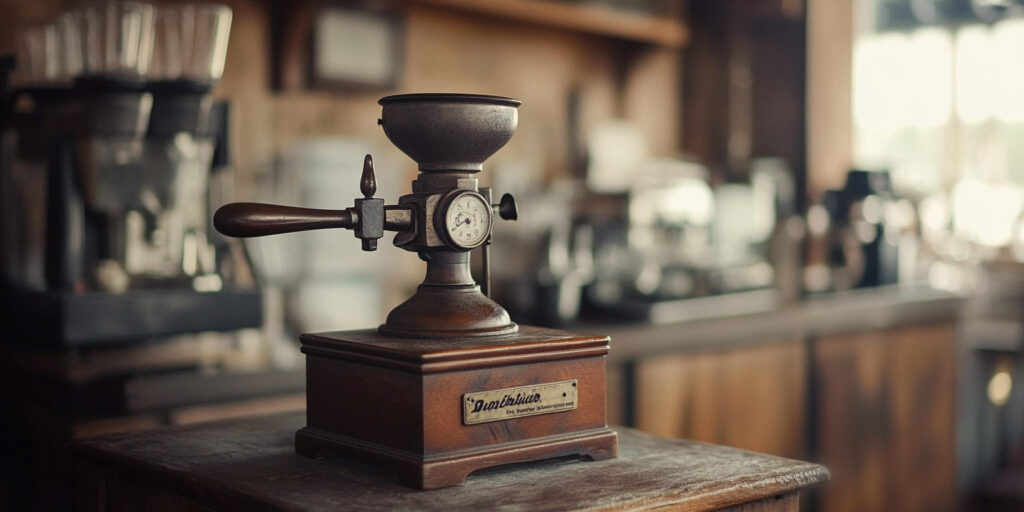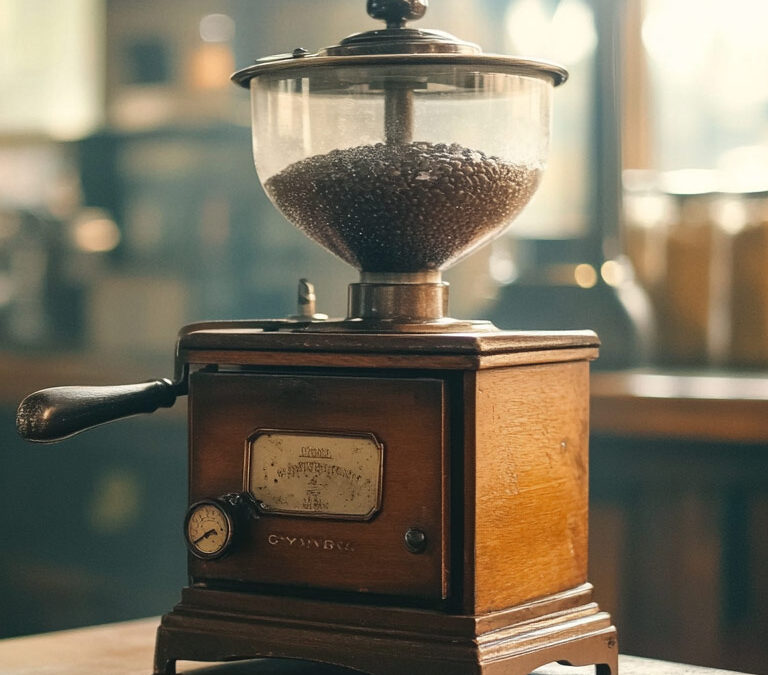Coffee has long been a universal beverage enjoyed across cultures, but the tools we use to prepare it—specifically coffee grinders—have a fascinating story of their own. From ancient methods to modern machines, grinders have evolved significantly, each stage of development influencing how we enjoy our morning brew. Additionally, how coffee is stored and ground impacts its flavor and quality, making this an essential part of every coffee lover’s experience.
The History of Coffee Grinders
Coffee grinding dates back to the origins of coffee consumption, believed to have begun in the 15th century in the Middle East. Early methods were rudimentary, often involving the use of mortars and pestles to crush roasted beans into a usable powder. As coffee gained popularity, the demand for more efficient grinding methods grew, leading to the invention of specialized grinders.
- The Ottoman Influence: The Turks popularized the use of spice mills for grinding coffee in the 16th century. These handheld devices laid the groundwork for more sophisticated designs.
- European Advancements: By the 17th century, coffee culture had spread to Europe. Craftsmen began creating wooden box grinders, equipped with a crank handle for more efficient grinding.
- Industrial Revolution Impact: The 19th and early 20th centuries brought significant innovation. Factories produced cast-iron grinders with adjustable settings, making it easier for users to control grind consistency.
- Modern Machines: Today, coffee grinders come in electric and manual models, with burr grinders reigning supreme for their ability to provide consistent grind sizes, crucial for a perfect brew.
Whole Beans vs. Pre-Ground Coffee: The Storage Debate
One of the most debated topics among coffee enthusiasts is how to store coffee for optimal freshness: whole bean or pre-ground?
- Whole Beans: These retain their flavor longer because they are less exposed to air, moisture, and light. Proper storage in an airtight container keeps the beans fresh for weeks.
- Pre-Ground Coffee: While convenient, ground coffee loses its aroma and flavor more quickly due to the increased surface area exposed to air.
Takeaway: For the best flavor, purchase coffee as whole beans and grind them just before brewing.

Does Fresh Grinding Really Enhance Flavor?
The short answer is yes! Grinding coffee beans fresh before brewing significantly enhances the taste. Here’s why:
- Maximizes Aromatics: Freshly ground coffee retains volatile oils that contribute to its aroma and flavor.
- Customizable Grind Size: Different brewing methods require specific grind sizes—coarse for French press, fine for espresso. Grinding fresh allows you to tailor the grind to your brew method.
- Avoids Oxidation: Pre-ground coffee begins to oxidize immediately, leading to staleness. Grinding beans fresh minimizes this process.
From Grind to Sip: The Secret to Coffee’s Best Flavor
Coffee grinders may seem like a small part of the coffee-making process, but they play an outsized role in determining the quality of your brew. From historical innovations to their modern importance, grinders are essential tools that transform coffee beans into the rich, flavorful drink we love today.

